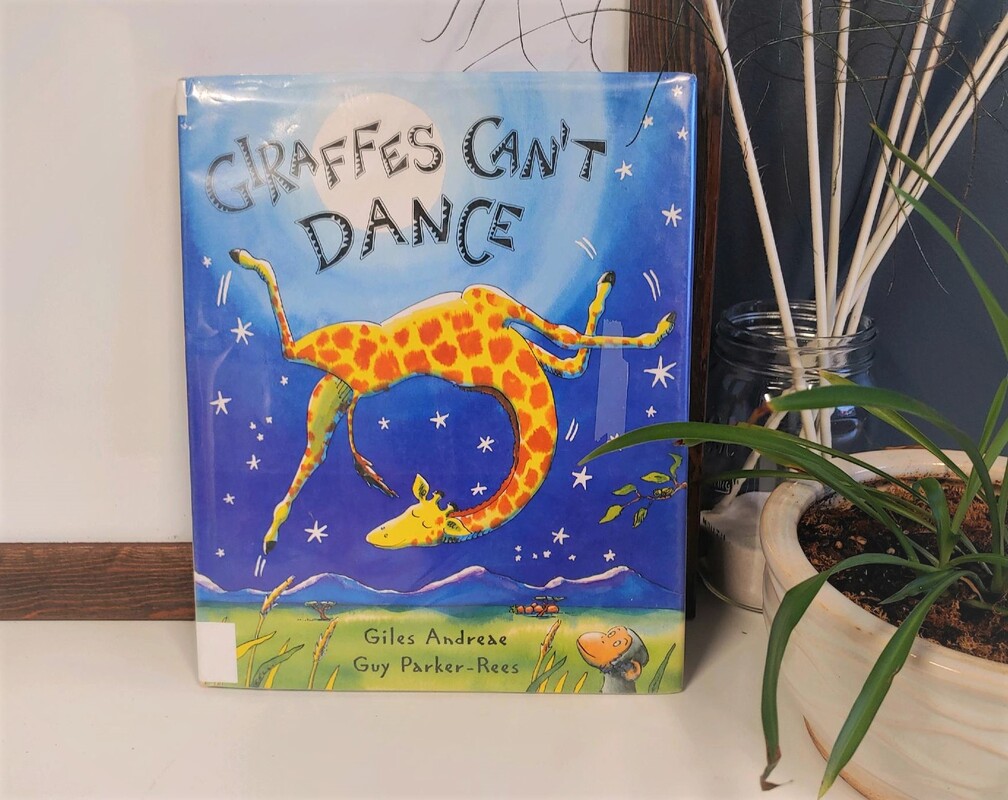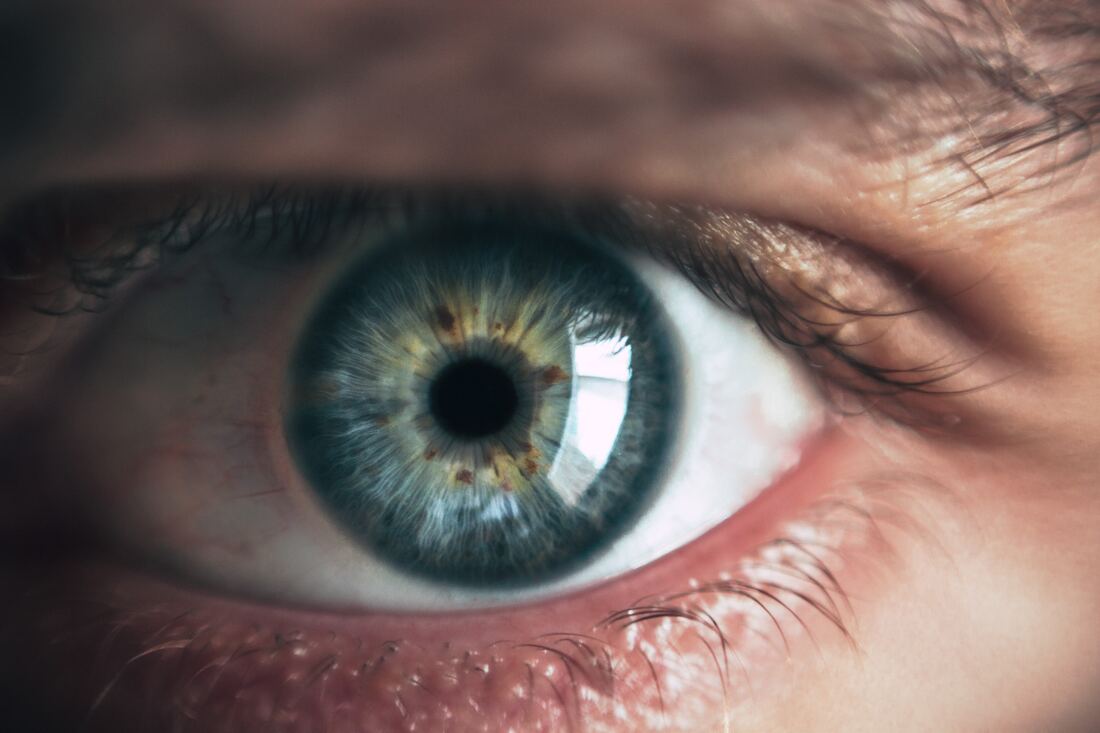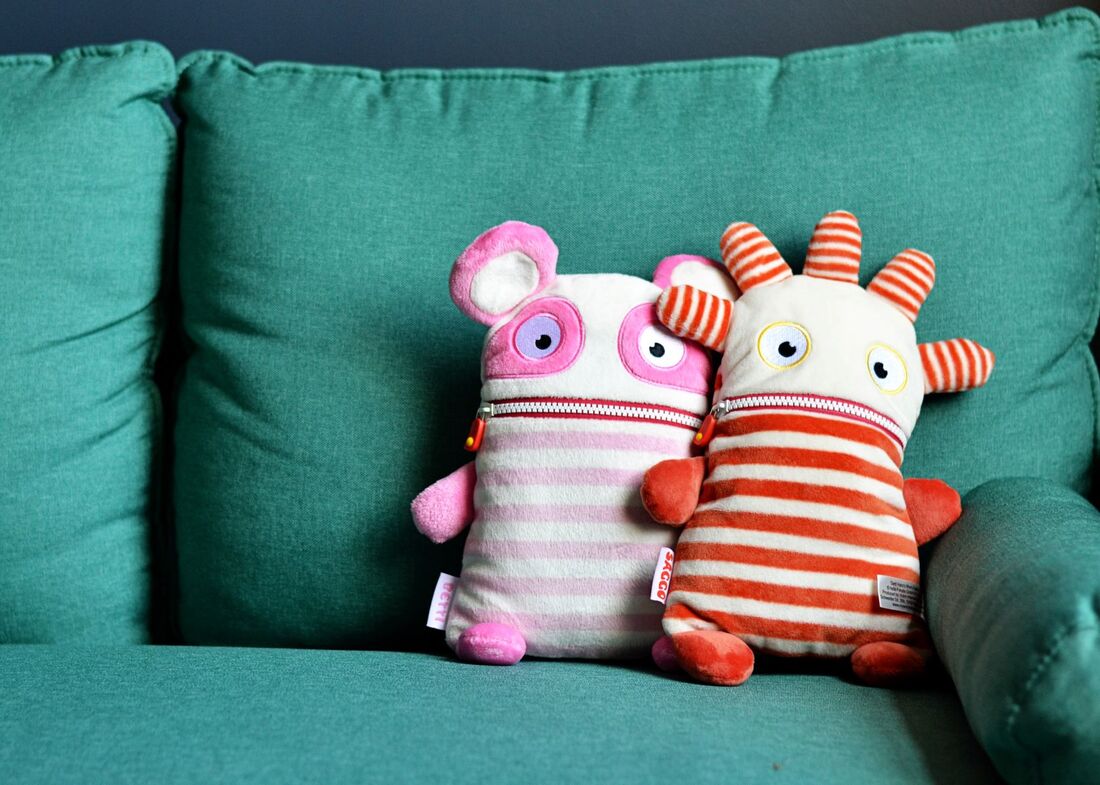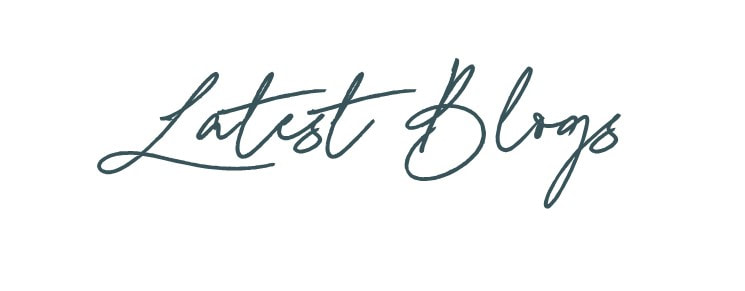|
“Giraffes can’t dance you silly fool, oh Gerald you’re so weird.” I literally have this book memorized. I could recite it in my sleep – no joke. Not only because I use it all the dang time in my therapy sessions, but my son also happens to love it too! AND what’s not to like – an underdog truly coming into his own to become the BEST dancer anyone in the jungle has ever seen! Ok, let me back up a minute. You all know how much I love bibliotherapy, and if you haven’t read Giraffes Can’t Dance scoot yourself to the nearest bookstore, pop it in your Amazon cart, or to be honest you can see it right now on youtube! In this book, Gerald the giraffe learns that animals in the jungle can be unkind and downright mean, but with the help of a cricket, confident thinking, and his own special song he can do anything he puts his mind to - including dance! This book has it all – self-esteem, bullying, growth mindset, self-talk, connection and support. It is also ah-mazing for Cognitive Behavioral Play Therapy. There are so many opportunities to go through the cognitive triangle and connect thoughts, feelings, and actions. It is also filled with regulation skills and highlights Gerald’s self-talk. You can clearly see the pattern when Gerald makes statements that he is “such a clot” and how they connect with him feeling sad, giving up, and going home. Giraffes Can’t Dance also highlights the importance of helpers – a small cricket steps in and serves Gerald some serious wisdom allowing him to find his rhythm and a song that is just for him. You can see the shift in Gerald’s mood as he exclaims “I AM DANCING”! He is also incredibly gracious and doesn’t even dish out as much as an “I told you so” to any of the jungle animals – he just finishes with a bow. Gerald is one class act. My favorite companion activities for this book include a “Find Your Song” activity. You have young people identify a song that is just for them – the music they move through life to. You can play the song in session, notice what feelings and thoughts come up, or have them focus on a specific powerful self-statement. This book is also a great tool for EMDR as it helps identify feelings, thoughts, and cognitions. You can get curious about where Gerald may feel sensations in his body and what pictures may be going through his head as well as giving Gerald a Subjective Units of Distress rating. This primes young people to head into phase 3 of EMDR desensitization and reprocessing and gives them language and examples when asking about TICES. You can also use the “Find Your Song” activity if you are trained in EMDR with slow bilateral stimulation for the development of a resource. I have also developed a worksheet pack that I use with young people including a Giraffes CAN Dance growth mindset worksheet that helps young people evaluate things they thought they couldn’t do but actually could as well as things they can’t do YET! For young people who feel isolated or alone you can grab the “Who Are Your Crickets” worksheet to help them identify their community and team. I have also used this for big transitions in life such as from elementary school to middle school or out of intensive outpatient treatment into a less restrictive setting. The last worksheet in the packet, "Who Are You A Cricket To" can be used for social skills. You can help young people identify how they show up for others and encourage others. You can grab your free downloadable worksheet pack HERE! This is such an amazing book that I have used it different ways and different times with the same client. Maybe one time to talk about confidence and finding a client’s song and again for a transition time when she needed to get clear about who was on her team. I know this book is so dynamic – drop a comment with other ways you have used this book in your practice! PS - why YES that is a giant piece of tape on my book! This is one of the original books I purchased as a play therapist with a tiny budget. It came from a little website called half.com where I was used to buying some of my college text books. This copy is from the New York Library! Interested in learning more about how to use Bibliotherapy in your Play Therapy Practice? Check out this training HERE! Let's Connect - click here to join my email list! *This post contains affiliate links, so I may earn a small commission when you make a purchase through the links on this site. The best news? It doesn’t cost you a penny! Thanks for supporting The Playful Therapist Blog by shopping my favorite playroom gear and accessories!
9 Comments
If you know anything about me you know I love a good spreadsheet! I also love helping therapists achieve their professional goals as play therapists, child and adolescent therapists, and trauma therapists. AND if you know even more about me you will know I am always talking about EMDR. If you have never heard of the alphabet soup that is EMDR I am hoping to light a fire under you to get trained! EMDR stands for Eye Movement Desensitization and Reprocessing. It is a type of therapy that intentionally uses our bodies natural reprocessing mechanisms of REM (rapid eye movement) sleep and activation and integration of the right and left hemispheres of our brain to to help people heal from traumatic experiences and/or distressing life events. Some of the people I work with call it voodoo or magic because it seems a little strange AND it is so effective. In addition to witnessing the effectiveness in my clinical practice there is actually a gigantic body of research that has designated EMDR as an effective treatment for trauma. In the purest form we use bilateral (left and right) eye movements to help with this reprocessing but there are also many other forms that a therapist may use, especially in working with children. Paintbrushes, swords, or bongo drums anyone? And here is a little secret.... I am trained and certified in TF-CBT (Trauma Focused Cognitive Behavioral Therapy) and I rarely use it. It is because EMDR is that good and is able to produce faster results with less client distress for the children and adolescents that I work with. It is incredible to see someone open up a memory that is highly distressing and by the end of one session or a couple of sessions when revisiting that memory it is experienced without disturbance. I see this happen time and time again. It is wonderful. It is powerful. It is effective. If you want to learn more about EMDR, EMDRIA (EMDR International Association) is the place to start. Specifically this page will answer more questions about EMDR and has some great videos! If you are even more curious (which I hope you are) you can find training all over the country to become competent in the practice and delivery of EMDR. I am a little biased that I think the BEST training happens in Minnesota at Life Development Resources with Hector Matascastillo, MSW, LICSW, LSSW is EMDRIA Certified, Approved Consultant and an EMDRIA Approved Basic Trainer. I have the privileged of being a part of this training on day 5 where my training partner and I come in to do a full three hours on the application of EMDR with children and adolescents. I call it "Disney on Ice" (with strong Adaptive Information Processing (AIP) model as a backdrop) as we bring in all our toys, books, and games to showcase how to do this work with children and still hold fidelity to the standard protocol. When that day comes I am like a kid in a candy store and am giddy with excitement that I have a captive audience that I can share the importance of EMDR with children. For those of you who are trained *high five*! You also know that EMDR with children can be tricky and it something you need to seek out consultation for. EMDR consultation for the application of EMDR with children and adolescents is one of my areas of passion and I provide both in person and distance consultation. There is also a Facebook Group "Play Therapy and EMDR Conversations" that has a ton of EMDR consultants and EMDRIA has a special interest group specifically for child and adolescent therapists where you can connect with a consultant. If you are trained or thinking about getting trained in EMDR I encourage you to take a step further for certification. Why certification? Well...the certification process allows you to go above and beyond in the application and delivery of EMDR. The standard protocol is just the beginning. I'm not saying there is a protocol for EVERYTHING but dang sometimes it feels like it. There are protocols for attachment, addiction, pre-verbal trauma and SO MUCH MORE! Having consultation after your training and the additional continuing education you pursue will allow you to explore different protocols or areas of interest within the context of an ongoing consultation relationship. It helps you stay true to the fidelity of the model AND is a signal to other EMDR therapists that you have put in the work to be the best version of yourself in these EMDR sessions. It is also definitely something I look for when making a referral. EMDRIA has a directory of EMDR therapists that you can search by city or radius and it will designate if a therapist is certified or not. One thing I know is that if you are stepping up and going for certification you need some organization in your life. I created another spreadsheet for my consultants that I thought I would share with the greater EMDR community. It has a "cheat sheet" for criteria for certification, resources for the certification process and where to find CE opportunities and a place to track your client sessions, consultation hours, and continuing education. Get the guide HERE! Let's Connect - click here to join my email list!
These are my Big Feeling Eaters. Okay, so they are really called Worry Eaters, but I certainly DO NOT want to discriminate on the types of feelings they could eat. Angry, sad, or jealous feelings are just as important as worried feelings! These cute little monsters are anywhere from $24.00 on Amazon like these ones HERE and HERE! The awesome thing about these monsters is they come in such a BIG variety all with their own unique names like Flint, Polli, Enno, and Ping. I couldn't decide on just one so I bought three (sadly Schmidt did not make the photo shoot). This may be this pull inside me to allow children as much choice as possible, OR it could be indecisiveness. Either or, these three live out their lives in my playroom. If you are just starting Play Therapy or child and adolescent counseling with a tiny budget you can get these ZIPIT Monster Pencil Cases for around $8.00. Still too high? No worries I have your back – check out my Pinterest board for how to make your own with supplies you probably have on hand to live in your office. My favorite (even when I use my Big Feeling Eaters) is to make one out of tissue boxes for the young person I am working with to take home. And if I know one thing about therapists we go through a ton of tissue boxes. You can even recruit your office mates to save them for you! The other supply you need for this activity? Little colorful strips of paper to write the big feelings on. The young person gets to choose what pieces of paper best represents their feeling and trigger for the week giving them a sense of empowerment and control. Now that we know WHAT these guys are, let’s dive a little deeper into what you DO with them. I love to use these guys for compartmentalization or a container exercise, which can be incredibly helpful for those young people who ruminate on big feelings and let them take root and live in their brains and bodies. When this happens sometimes there is little ability, energy, or focus on anything but those darn big feelings. We see this all the time with the young people with whom we work. This might look like worries that prevent a child from going to bed on time, a child becoming so angry that it is not her turn for the iPad that she is unable to let these feelings go and carries them all the way to bed time (with a couple of blow ups on the way), or the young person who becomes so distressed when his basketball team loses that he can’t stop crying. If you are trained in EMDR this is a great activity to do before you enter the desensitization and reprocessing phases so clients have a container at home. Or for those incomplete sessions you can offer the Big Feeling Eater to contain the memory. It’s also an awesome Cognitive Behavioral Play Therapy technique. Here’s my scrip that I use to talk about this concept with young people: “These are my Big Feeling Eaters. They live here in my office and LOVE to help out young people. Their job is to eat big feelings like anger, sadness, jealousy, and worry. Their bellies can ONLY get full when they eat big feelings from children like you! They love to help out the young people I work with to make them feel better by eating all those big feelings that don’t feel good to them in the moment and that might make it hard to do the things they want! AND the young people I work with LOVE to help out the big feeling eaters by giving them some of their big feelings that aren’t working for them. Their bellies only feel full when they are eating big feelings. Anytime you come into this office and have a big feeling you want to get rid of you can choose to write it on that paper over there and feed it to the Big Feeling Eaters. The only rule is they have a super secret detection system, in if someone puts in a big feeling that isn’t safe then they will let me know. Otherwise the feelings will digest and make their bellies full!” I also intentionally leave the big feelings in their belly. WHAT? Doesn’t this violate confidentiality? Well…I want to normalize that others have big feelings too. Children are never left in my office without supervision, and rarely someone will try to reach it and look at the big feelings. When this happens I will say something like “OH NO! Those feelings are digesting – we can’t reach into their bellies and take them out. It would be like if someone reached in your belly and tried to take out your lunch – it would feel yucky!” I have never had a child not respect this boundary. The other piece to this is that I check the big feelings after the child leaves. If there was any identifying information (which there has not been yet) I would remove that big feeling. Most of the time it sounds something like “my math test”, “going to bed by myself”, "being sick" or just simply the feeling word. None of these big feelings could ever be identified and connected to the young person, so they stay and it can be powerful. A lot of the time young people will run and crunch the Big Feeling Eater’s belly and say “ohhh they’re still digesting”. OR other times they will make a comment such as “I bet I’m the only one who has fed them” only to discover that there are other feelings “digesting”. Recognizing that they are not the only child with big feelings, because sometimes it can seem that way, takes the shame out of the worries, tantrums, and tears. Some young people take it and run with it wanting to deposit feelings each time. Others know it is there for them when they need it. Overall it provides empowerment that we are in control over what we choose to occupy our minds and how we can regulate emotions with compartmentalization and container activities. If you had a Big Feeling Eater what feelings would you put in there this week? Frustration with paperwork? Stress with not enough time for emails or collateral contacts? Do you have other favorite compartmentalization activities you like to use with young people? Drop a comment below! Let's Connect - click here to join my email list! *This post contains affiliate links, so I may earn a small commission when you make a purchase through the links on this site. The best news? It doesn’t cost you a penny! Thanks for supporting my business by shopping my favorite playroom gear and accessories!
|
Hi, there!I'm Ann Meehan, an LPCC, Loading... Archives
July 2024
Categories
All
|
Privacy Policies | Terms of Use | Disclaimer
Contact
[email protected] | Copyright Meehan Mental Health Services 2022
Contact
[email protected] | Copyright Meehan Mental Health Services 2022







